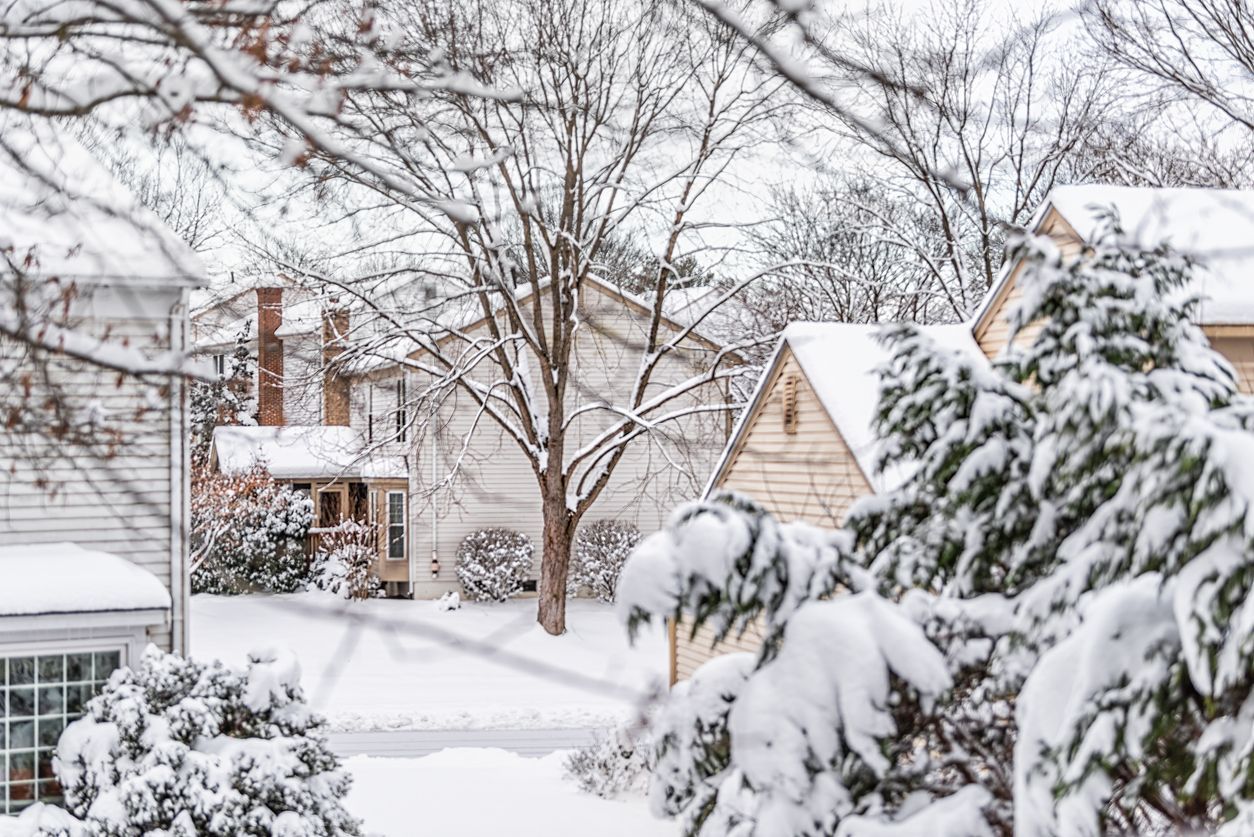By Master Account
•
November 3, 2025
RIP and condolences to the family. Chipper accidents don't just happen. This is what happens when you put inexperienced people on the job. You literally have to throw yourself into the Chipper for this to happen. Most of the workers here at Brown's have been doing this for 10-20 years. Most homeowners do not realize that if a tree care worker gets hurt, they are the ones held liable. Make sure whatever tree service you pick has a specialized policy for tree trimming. Accidents can easily cost a homeowner 100K to 1M. https://local12.com/news/nation-world/woodchipper-shredded-death-worker-landscaper-landscaping-pulled-sucked-inside-into-intimidator-malfunction-malfunctioning-defective-lawsuit-family-killed-died-kill-kills-work-cemetery-graveyard-tree-trees-wood





